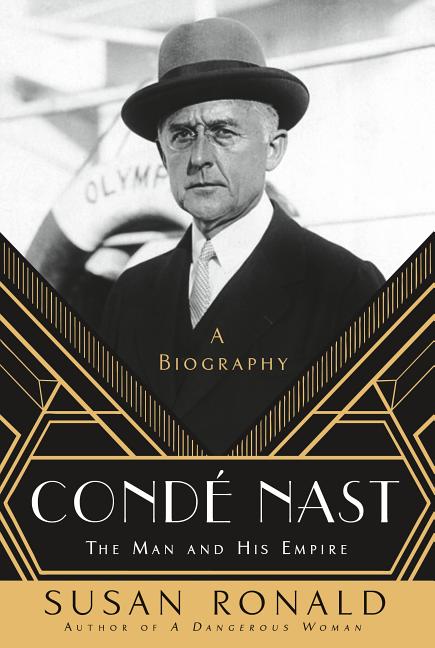There are a lot of biographies of writers and editors, who leave a paper trail of primary material and tend to have strong supporting roles in the memoirs of other writers and editors. A business figure such as Nast provides more of a challenge. He was temperamentally self-effacing, and few of the tens of thousands of moves and decisions he made in his career are knowable. In telling his story, Ms. Ronald relies heavily on Edna Chase’s excellent memoir, Always in Vogue, and Caroline Seebohm ’s solid 1982 Nast biography, The Man Who Was Vogue. She doesn’t add a great deal to these works, with the exception of well-chosen quotations from a trove of letters Nast wrote late in his life to his (much younger) second wife, which are touching and revealing about, for example, the sting he felt from business setbacks ... The book isn’t helped by Ms. Ronald’s breezy writing. Breeziness is arguably a legitimate stylistic choice for a book about slick magazines. But the abundance of clichés in Condé Nast isn’t defensible ... Some sentences are case studies in what can happen when metaphors collide.
Read Full Review >>

